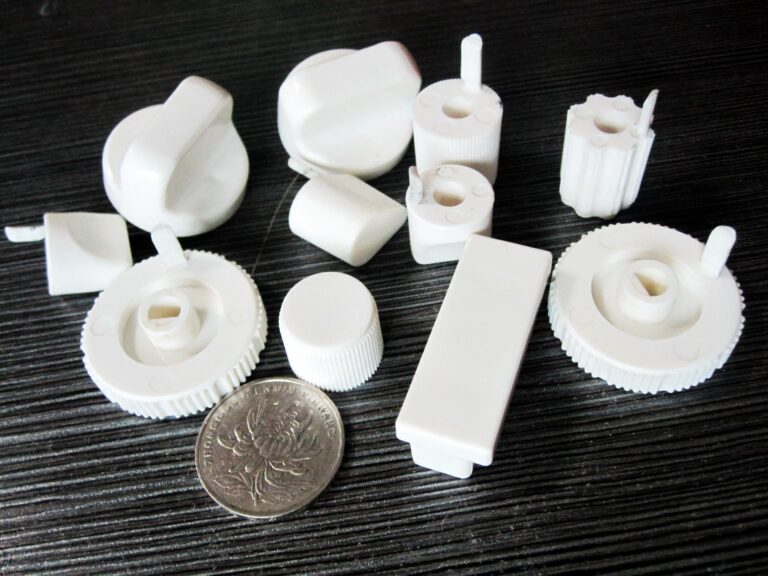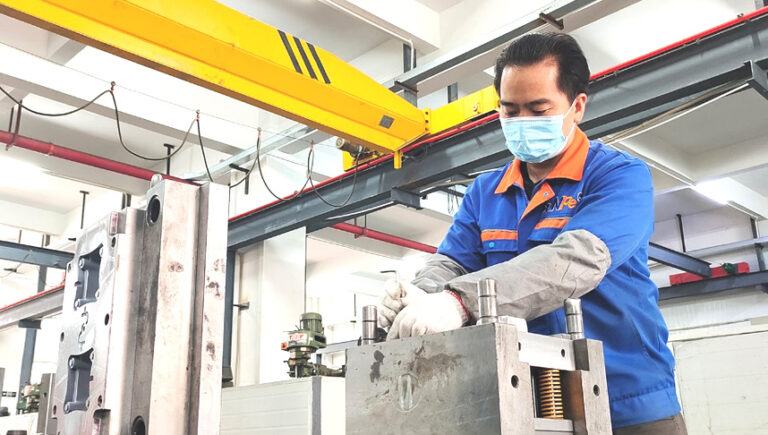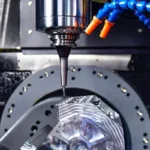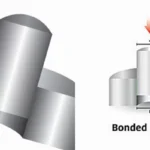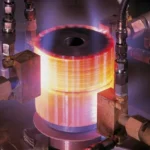When it comes to toys, most people probably think of LEGO. LEGO toys are universally recognized for their ability to create new worlds by using your imagination and assembling LEGO blocks. The demand for these small building blocks is endless, as they allow you to construct anything you can imagine, provided you have enough LEGO pieces.
But how are such small and numerous LEGO blocks made with such precision, ensuring that the clearance is less than 2 microns when assembled, while also maintaining a high production standard? The answer lies in the injection molding process, which LEGO relies on heavily. This process requires exceptionally high tolerances to produce LEGO bricks. Even the marks from the injection molding process can still be seen on the surface of LEGO blocks, highlighting the precision and consistency achieved through this technology.
Injection Molding Is Widely Used In Toys
When it comes to injection molding, it is actually a very widely used process, Injection molding tolerances are critical because the toy industry is very demanding in terms of appearance and toy play experience, and most toys rely on this process to make it happen. Injection molding is a common manufacturing method in which heated liquid molten material is injected into a mold after passing through a long chamber, which is located at the end of the chamber and the fluid plastic is forced to cool through the nozzle, closing the grinder, and the semi-finished product exits the press as the plastic cools and cures. In this process, to get high precision as well as high tolerance of injection molded parts, we can start from several aspects. 改写一下这段话
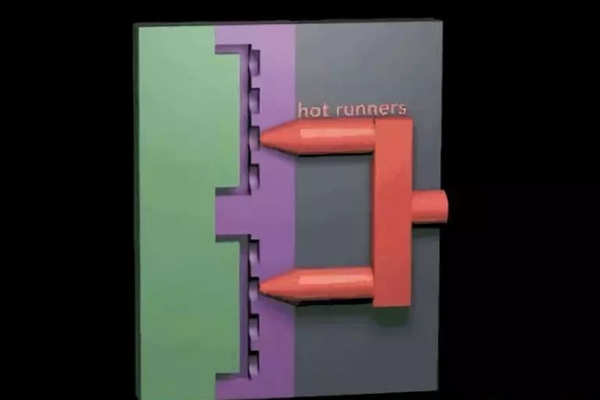
Aspects Of Improving Injection Molding Tolerances
Mold design accuracy
To improve the tolerances in plastic injection molding, several factors related to the mold’s design and structure must be considered. The parting surface of the mold is crucial for both molding and de-molding the plastic part. Additionally, the fluidity of the molten plastic during molding, the distribution of the sprue, the location of the gate, the exhaust system, and the cooling or heating mechanisms of the mold all play significant roles.
The mold cavity must withstand high pressure during injection molding. Insufficient mold stiffness can lead to deformation, which negatively impacts the tolerances of the injection molded parts. Therefore, the influence of the cavity structure on the mold’s stiffness must be thoroughly evaluated. It is essential to address issues related to mold wear and deformation, as the manufacturing accuracy of the mold is a primary factor affecting injection molding tolerances.
Plastic Materials
Different types and grades of plastics, such as those characterized by shrinkage, flow, moisture content, and volatile content, exhibit varying degrees of shrinkage and fluctuations. These variations can result in inconsistencies in injection molding tolerances.
Forming process-related factors
Temperature, pressure, and time are key process parameters that can fluctuate due to the performance of the machinery and the practical experience of the operator. These fluctuations can lead to variations in the material’s shrinkage rate, thereby impacting the tolerances in plastic injection molding.
Changes caused by the external environment of the molded workpiece
The temperature and humidity of the environment, the degree of crystallization of molecules, the orientation of fillers, and improper storage can lead to the expansion and post-shrinkage of molded products. Consequently, the tolerances in injection molding can be affected by these external environmental factors.
Other factors
Factors such as the shape and wall thickness of the workpiece, the measuring environment, and the reading habits of the measuring personnel can influence the tolerances of injection molded parts.
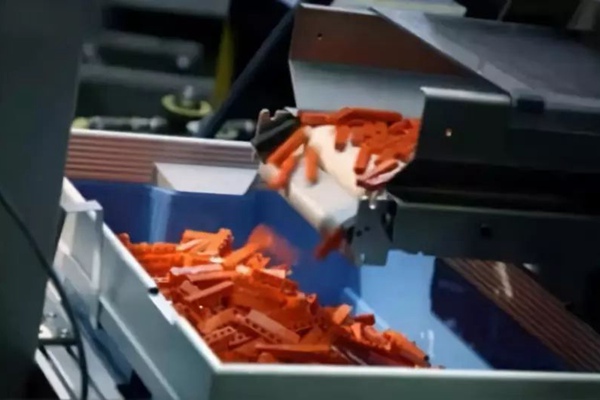
Focus On Injection Molding Tolerances
There are numerous subjective and objective factors that can affect the tolerances of injection molded parts. However, injection molding offers many clear advantages, such as the ability to use a wide range of polymers as raw materials, producing very smooth surfaces, achieving high production speeds, and maintaining excellent dimensional control systems. These benefits help explain why LEGO bricks are manufactured using injection molding.
At any time, AS Prototypes can provide you with professional rapid injection molding services. We can achieve tolerances for injection molded parts as tight as +/-0.0005” (+/-0.0127mm) to +/-0.002” (+/-0.05mm), and a minimum roughness of Ra 0.05μm. Please feel free to contact us for your toy prototype needs.



